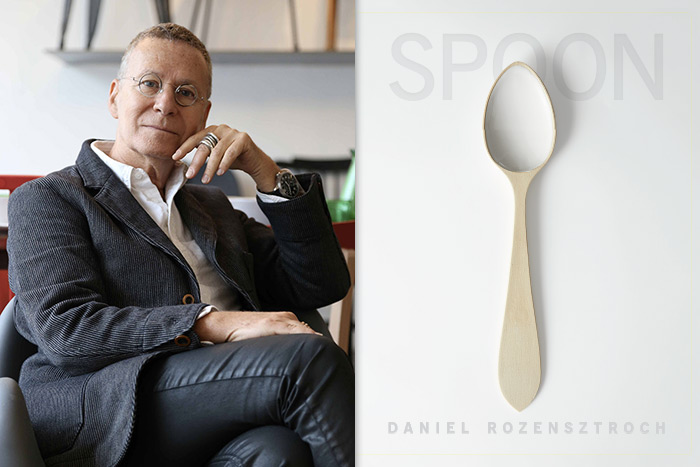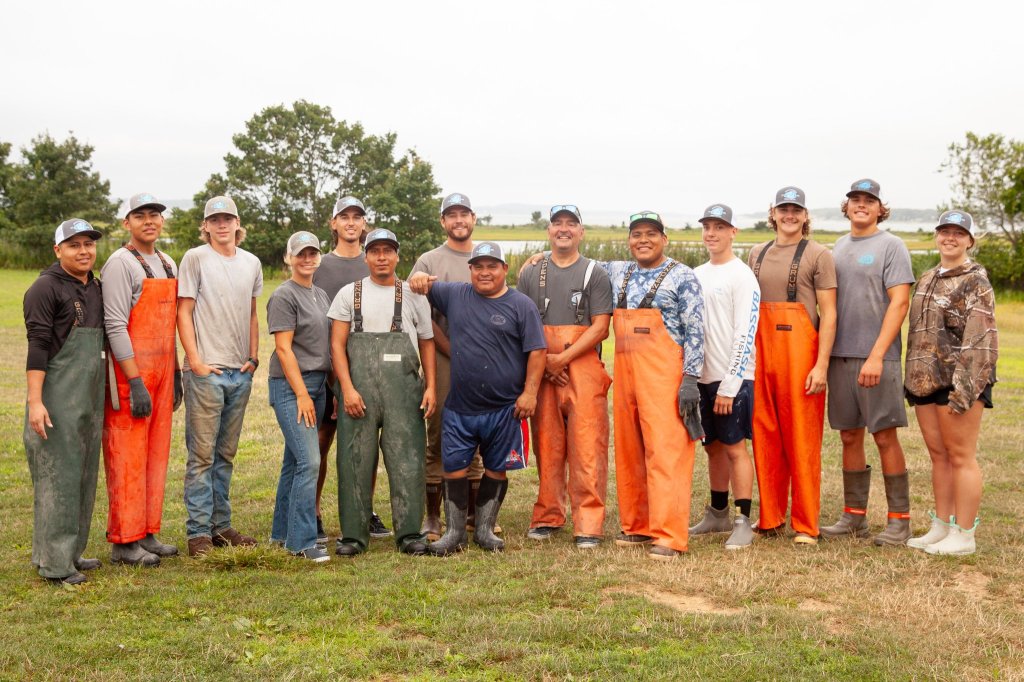Hamptons Epicure: 'Spoon' – A New Book for Eaters Everywhere

What is the simplest eating utensil? A chopstick. Number two might be the spoon—a “stick” with a bowl at one end. It’s universal, represented throughout the ages in every culture. But the spoon is as varied and fascinating as it is common, as evidenced in Spoon, a new book from Pointed Leaf Press by designer Daniel Rozensztroch.
This stunning volume invites the viewer to probe, mix, fold in, compound and otherwise incorporate his or her thoughts about…the spoon. Pointed Leaf Press has gained a reputation—and numerous awards—for publishing photography-driven monographs since its founding in 2002. Spoon is a brilliant addition to this body of work.
Serving spoons and measuring spoons are just the beginning, included in the hundreds of depictions of spoons are scoops, strainers and ladles. Have you ever imagined a spoon whose bowl is made from an abalone shell with natural holes for drainage? No need, it’s already documented by Spoon. Indeed, Spoon proves that if you can dream up a spoon, someone has already made it.
This book’s graphics are breathtaking for kitchenalia fanatics like me—the words are few, the photos are intense spoon porn. Deftly divided into chapters that sort Rozensztroch’s vast collection into Wood, Glass, Mother of Pearl, Bone (which includes ivory), Metal, Horn, Ceramic, Enamel and Porcelain, the masterful photography by Francis Amiand sets spoons, and groups of spoons, against simple wallpapers.
The publisher of this new tome is Sag Harbor’s own Suzanne Slesin (who is, like me, a regular of Sag Harbor’s Sage Street Antiques). “I’ve known Daniel for over 30 years,” she recalls. “This thing is really the everyday item—a very focused point of view. Last year when I was visiting in Paris he had 2,000 spoons in his collection and I said, ‘This is the moment!’—we photographed Spoon over three days.”
What’s next for this dynamic duo? Slesin says, regarding Rozensztroch’s vast collection of various objects, “How can we bring this life together? All his life of collecting together in one book—that’s our future project.” She continues, “He’s very unusual. He really has an eye—I’ve been to flea markets with him.” Rozensztroch is artistic director at Merci, the famed Paris concept store, and he serves as editorial advisor to leading French interior magazine Marie Claire Maison.
Slesin says, “I’m always looking for new projects. To do these books you have to find someone who has a collection. If someone has a fantastic fork collection we’d consider it—we’re reporters.”
In a revealing interview titled “The Subconscious of a Spoon Collector,” which opens the book, Dr. Suzanne Czernichow stirs things up by posing questions like, “Could the spoon symbolize an impending separation for the child?” And thoughts that resonate like, “As we know, the foundations of contentment and creativity are established during childhood.” Rozensztroch shares, “Reflection is what interests me…a single object does not tell a story, but a group of objects or a collection can create a story.”
As Slesin explains, “I like a lot of the spoons for different reasons—the unique, the ordinary, the handmade. I love the one on the back cover—an abstract conceptual spoon, very beautiful. At this point in my life I’m drawn to wood things I never was before. I also love the ceramic ones—they’re artistic, I have a few myself, they’re not the most practical things in the world, but they’re beautiful. On page 47 there’s a spoon featuring a mother-of-pearl portrait of a woman—it’s quite an extraordinary thing to put an image there, it’s obviously not an ordinary object but a reverential one. I love the patina, the size of the two tin spoons on page 107. For such an ordinary thing, it has quite a fantastic shape.”
My personal favorite from this book is a tiny bone spoon that folds out from a Swiss-army-knife-like construction. Was it for snuff?
Did Rozensztroch purchase any of his spoons from Sage Street? Slesin says, “He probably did buy some spoons from Sage Street Antiques—every time he’s in the Hamptons, that’s one of our first stops.”
Daniel Rozensztroch’s other books include Brush, Kitchen Ceramics, Glass, Hangers and Wire. See more of Pointed Leaf Press’s offerings—including Jack Lenor Larsen’s Learning from Longhouse—at pointedleafpress.com.
Spoon is available locally from Sylvester & Co., 103 Main Street, Sag Harbor, sylvesterandco.com. In June, Pointed Leaf Press will release a book on the work of designer Mark Epstein that features a number of Hamptons homes.
You can follow Stacy’s informed and opinionated foodie adventures on Twitter @hamptonsepicure. She is currently at work on a Hamptons-centric cookbook with co-author Hillary Davis.



